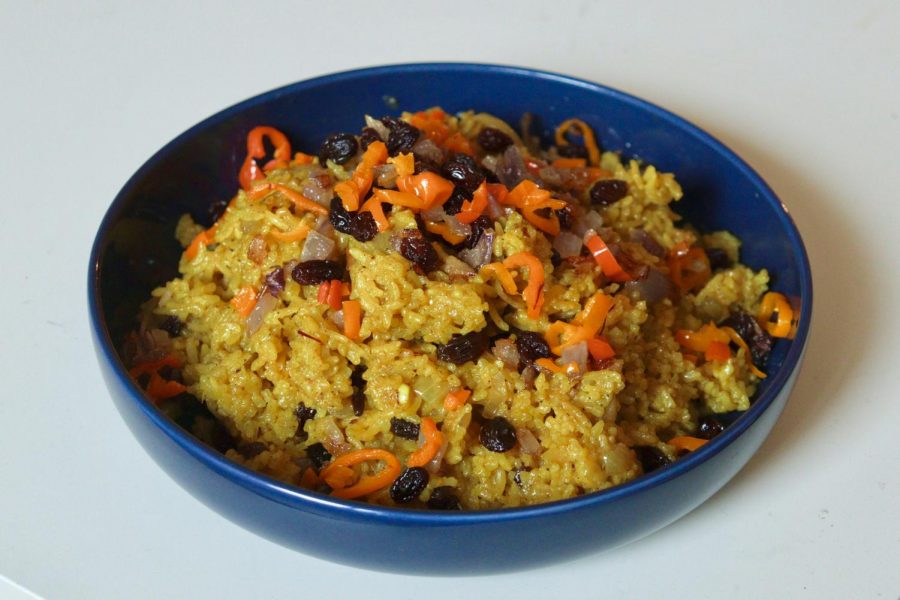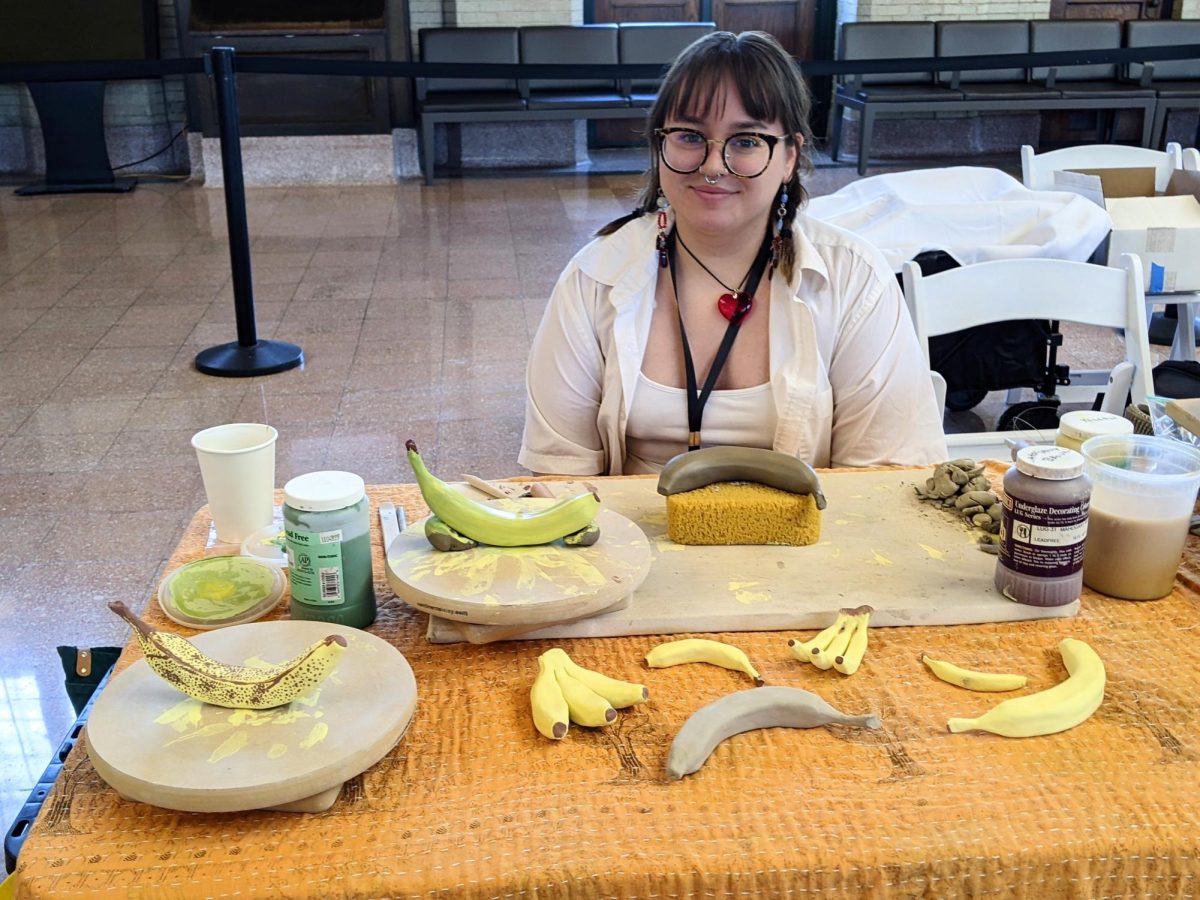During the colder months, we gravitate toward food that will sustain us and make us feel whole. I can’t think of anything better than a plate of bariis iskukaris, Somali-style rice, shared by the Somali Student Association (SSA).
Pronounced “Ba-rees Iska-Ku-Ris,” this aromatic and colorful plate of rice is not only simple to make, but it also boasts flavorful and warm spices that contribute to a nourishing meal, pairing well with vegetables or meat of your choice.
From Saudi Arabia, Yemen, Egypt and finally to the U.S., the SSA president, Mohamed Elmi, has moved around a lot. One thing that doesn’t change wherever he goes? This plate of rice.
“You’ll find a Somali person everywhere from Southeast Asia to America. But one thing that, no matter where you go, at a Somali restaurant, you will always find bariis no matter how it’s cooked or if it has different spices. It’s one thing that, despite politics and everything that’s happened, we all share in common,” Elmi said.
In the early 1990s, the Somali Civil War caused many Somali people to flee to different countries and spread across the world. Many came to Minnesota. In fact, the state holds the largest concentration of Somalis in the country, according to American Community Survey in 2017.
With just one bite of the rice, the warm and savory spices contrast with the sweet and plump rehydrated raisins in olive oil with onions sprinkled atop the dish. The Basmati rice’s aromatic flavor pairs beautifully with the cumin, coriander, cinnamon, cardamom and clove.
The dish uses a Somali spice blend called xawaash that, when paired with the saffron, lends a yellowish tint to the rice. The spices bloom in the hot oil and fill your kitchen with a fragrant aroma.
Elmi pairs his bariis with banana — a staple in Somali cuisine — and different types of meat, from goat to steak to chicken. “It’s a nice balance of sweet,” he said.
In high school, Elmi’s mom would make him bariis three to five times a week. “It just gives you a feeling of family and home, and it just ties you back to your culture in a way,” Elmi said. Now he goes to the West Bank Diner with friends to eat the staple dish.
“Everyone knows it, and everyone eats it,” Elmi said.
Recipe for bariis iskukaris adapted from New York Times Cooking
Ingredients:
For the rice:
- 2 cups Basmati rice
- 1/4 cup olive oil
- 1/2 large yellow onion, chopped
- 2 cloves garlic, minced
- 1 cinnamon stick
- 3 whole green cardamom pods
- 5 whole cloves
- 1 teaspoon xawaash spice mix (see below)
- 4 cups chicken stock
- 1 teaspoon saffron threads, finely chopped
- 1/2 cup raisins
- Salt to taste
For the xawaash (Somali spice mix):
- 1 tablespoon cumin seeds
- 1 tablespoon coriander seeds
- 2 teaspoons dried whole sage
- 1 teaspoon black peppercorns
- 1 teaspoon fenugreek seeds
- 1 teaspoon ground turmeric
- 1 1/4 teaspoons ground ginger
- 8 green cardamom pods
- 10 whole cloves
- 1/4 teaspoon freshly grated nutmeg
- 1/3 cinnamon stick
For the topping:
- 2 tablespoons olive oil
- 1 red onion, peeled and thinly sliced
- 1/4 cup raisins
- 1 red bell pepper, cored and thinly sliced
- Salt to taste
- Soak rice in cold water for 30 to 45 minutes, then drain.
- Meanwhile, prepare the xawaash: Combine all the spices in a spice grinder and finely grind. Set aside.
- Prepare the topping: Heat olive oil in a wide, deep pot over medium-high heat and add the onions, occasionally stirring until translucent.
- Add raisins and allow to soften, about 2 minutes, then add red bell pepper and cook until softened, about 5 to 7 minutes. Season with salt and set aside on a paper towel.
- In the same pot, make the rice: Heat 1/4 cup oil. Add onions and sauté, frequently stirring, until softened, 6 to 8 minutes. Add garlic, cinnamon sticks, cardamom, cloves and xawaash and cook, stirring for 1 minute.
- Stir in stock and rice. Bring to boil, then cover and cook on low heat for 20 minutes. Stir in saffron and raisins and season to taste with salt. Cover, turn off heat and steam for 5 more minutes. Transfer to a serving platter, using a large spoon to pile rice in a heap onto the platter. Sprinkle topping over rice and serve.
























brushjl
Feb 23, 2021 at 10:22 am
Delicious, loved the xawaash spice. Great pilaf.